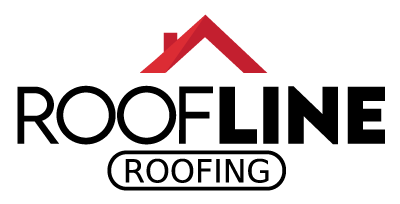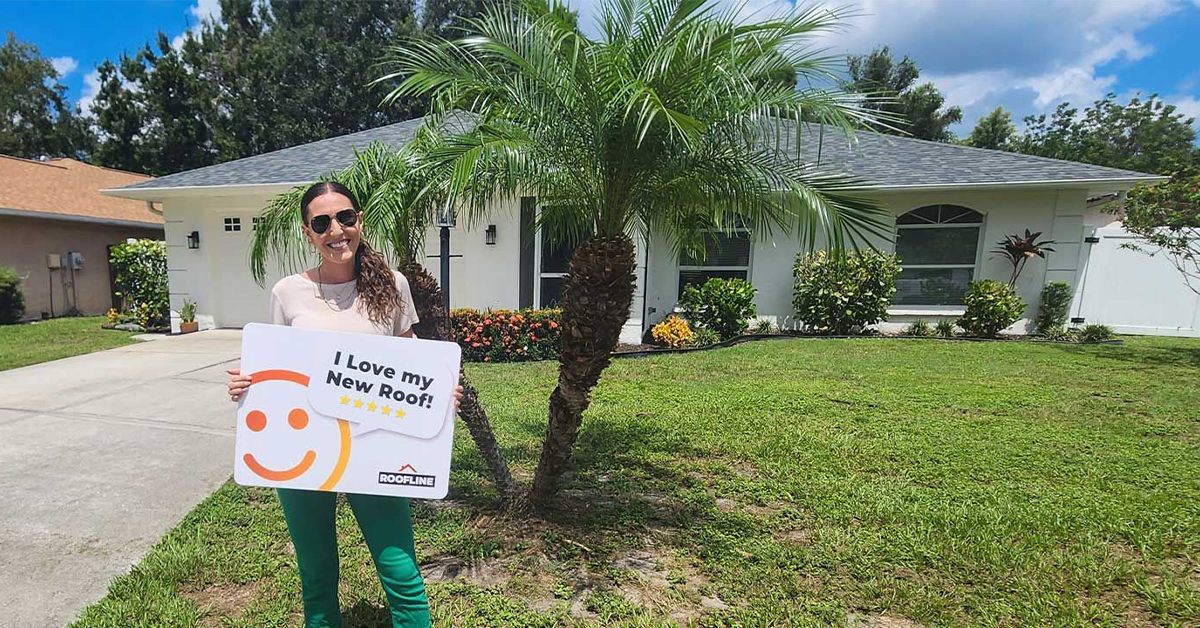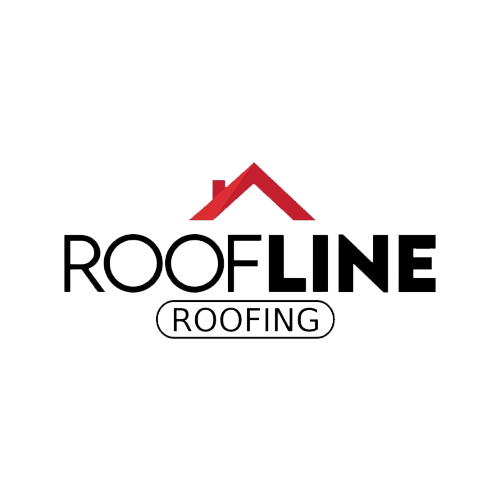
Maintaining a comfortable and efficient home in South Florida means paying vital attention to attic ventilation. While it might seem secondary to more pressing concerns like roof integrity or air conditioning, its importance is undeniable. Proper attic ventilation significantly impacts energy efficiency, indoor air quality, and the overall lifespan of a roof, particularly in humid climates like Anna Maria and Palmetto. This is not just a comfort issue—effective ventilation translates into tangible savings on energy costs by easing the workload on air conditioning systems and preventing costly repairs related to mold and structural damage.
Understanding the nuances of attic ventilation can help homeowners make informed decisions that benefit their properties. Whether choosing the right type of vents or considering upgrades such as solar-powered fans, the approach requires a balance between intake and exhaust to ensure optimal functionality. From keeping energy bills in check to preserving the health of roofing materials, investing in a well-ventilated attic demonstrates a commitment to maintaining a durable, functional, and efficient property.
Ventilation Explained: How It Affects Your Roof and Home
Attic ventilation might not be the first thing you think of when considering roof maintenance, but getting it right can significantly improve your home’s comfort and longevity. In places like Anna Maria, where warm, humid conditions prevail, proper attic ventilation can transform how a home feels and functions.
Why Attic Ventilation Matters
Imagine walking into a home on a hot South Florida day. An inadequately ventilated attic can cause your living spaces to heat up, leading to higher energy bills and discomfort. By allowing hot air and moisture to escape, proper ventilation ensures a steady airflow. This balances the inside temperature, reducing the load on air conditioning systems and prolonging their lifespan.
Wet Air Means Trouble
Humidity is tough on homes in Anna Maria. Without adequate ventilation, moisture can seep into your roof and attic, resulting in mold growth and wood rot. According to the U.S. Department of Energy, excess moisture can significantly damage roofing materials, compromising structural integrity and increasing repair costs.
In contrast, good attic ventilation allows the exchange of moist, hot air with drier air from outside, dramatically reducing moisture accumulation. Homeowners will notice fewer mold issues and less unpleasant attic odor.
Energy Savings Through Ventilation
Effective attic ventilation leads to considerable savings on energy bills. The Federal Energy Management Program (FEMP) reports that homes with well-ventilated attics can see a reduction of around 10-12% in overall energy costs. The physics is simple: Cooler attics mean cooler living spaces below, reducing reliance on air conditioning units.
In Anna Maria, where peak summer temperatures can stress cooling systems, a well-ventilated attic is both a cost-saving and necessary solution. Consider using ridge vents or soffit vents, working together to ensure maximum airflow.
Types of Attic Ventilation
There are two main types of attic vents: intake and exhaust. Intake vents, typically located in soffits or eaves, bring in cooler, dry air. Exhaust vents, such as ridge vents, release warm, moist air. Both types need to work together to create a balanced system.
A balanced system prevents heat and moisture from accumulating. Ensuring that intake vents remain unobstructed and routinely checked for debris clearance will maintain their function. Similarly, periodically inspecting exhaust vents for blockages or damage keeps air flowing freely.
Winter Benefits of Ventilation
Ventilation isn’t just a summer necessity. It plays a crucial role during cooler months too. In temperatures that Florida occasionally dips to at night, proper ventilation prevents condensation, which can lead to ice dams. Although not common in Anna Maria, fluctuating temperatures elsewhere may give rise to this problem. Ventilation helps keep attics dry and issues like rusting fasteners become a non-issue.
Maintaining Airflow in Older Properties
Older homes in Anna Maria may lack contemporary ventilation systems. Retrofitting may sound daunting, but the initial cost leads to savings. Experts recommend using a combination of passive ventilation solutions, such as gable vents, with advanced options like solar-powered vents for energy efficiency. Solar vents are especially beneficial in regions with abundant sunlight, providing constant airflow without increasing electricity demands.
Environmental and Health Implications
Ventilation impacts air quality. A poorly ventilated home can trap pollutants and allergens, aggravating health issues like asthma. The Environmental Protection Agency highlights that homes with inadequate ventilation report higher rates of airborne toxins. Improving attic ventilation can make a noticeable difference in indoor air quality, reducing respiratory problems associated with stagnant indoor air.
The benefits of maintaining proper attic ventilation are vast. For homeowners in places like Anna Maria, understanding and implementing effective ventilation strategies can make a measurable difference both to comfort and the home’s structural integrity. As you look to enhance your roofing system, don’t overlook the efficiency and savings proper attic ventilation can bring.
Benefits Uncovered: Reducing Energy Costs and Increasing Lifespan
When it comes to reducing energy costs and increasing the lifespan of your roof, proper ventilation is a game-changer. Recent studies show that effective attic ventilation can decrease energy consumption, as much as 10-12%, according to the Federal Energy Management Program. This benefit isn’t isolated; in humid areas such as Palmetto, ventilation energy savings become even more critical.
Proper ventilation minimizes energy costs by reducing the heat load. Imagine, for instance, a sun-drenched attic in Palmetto on a sweltering day without the proper ventilation in place. The attic acts like an oven, trapping heat and forcing the home’s air conditioning to work harder. By implementing an efficient ventilation system, hot air is expelled, easing the workload on HVAC systems, and ultimately, it can reduce cooling costs by a substantial margin.
This energy efficiency translates into substantial financial savings over time. Lower energy bills are not just a seasonal perk; they accumulate year-round. For instance, in cooler months when heating is involved, well-ventilated attics help maintain comfortable indoor conditions more effectively, cutting down on energy needed for temperature regulation.
Beyond financial advantages, properly ventilated attics positively influence the longevity of roofing materials. High humidity levels can accelerate the deterioration of roofs in Palmetto. Moisture tends to build up when air circulation is poor, leading to rotting structural components, warped wood framing, and mold infestation. The National Roofing Contractors Association highlights that excess moisture trapped in attic spaces is one of the most common causes of roof failures.
Think about it like this: Heat and humidity are a roof’s rival duo. In a poorly ventilated attic, shingles can overheat and lose effectiveness much earlier than expected. This heating can cause the shingles to become brittle, leading to cracks and possible leaks. By ensuring adequate air turnover through strategic ventilation, you maintain the roof at a more stable temperature. Less thermal shock means shingles last longer, needing less frequent replacement.
Furthermore, tackling poor ventilation can prevent the serious issue of mold, which can originate from these warm, trapped moisture environments. Mold not only threatens the structural elements of a property but also poses a health risk to occupants. Keeping an attic well-ventilated helps flush out stagnant conditions where mold could thrive, promoting a healthier home or building environment.
Implementing the right kind of ventilation requires an understanding of your specific attic conditions. Ridge vents, turbine vents, or solar attic fans can offer significant improvements depending on specific needs. Each structure might respond better to a different solution. For an area such as Palmetto with its warm, sunny climate, solar-powered attic fans can be especially effective, harnessing the abundant sunshine to power the ventilation, ensuring continuous airflow without impacting energy usage.
Moreover, periodic inspection of ventilation components is necessary for ensuring long-term performance. Keeping intake and exhaust pathways free from blockages maintains peak airflow efficiency. Similarly, upgrading aged or insufficient systems to modern standards often translates into noticeable gains in both cost savings and material lifespan.
Understanding the correlation between properly ventilated attics and the diminished frequency of costly repairs cannot be overstressed. By maintaining the structural health of your roof, you’re not just adding years to its service life, you’re investing in the property’s overall durability and efficiency.
In a nutshell, effective ventilation takes the stress off of both cooling systems and roofing materials, ensuring energy savings and adding longevity to roofing investments—it’s essential for extending the life of your roofing system and for preserving the comfort and air quality of your living spaces.
Improvement Strategies: Optimal Solutions for Better Ventilation
Attic ventilation plays a pivotal role in maintaining the comfort, efficiency, and structural health of your property. Knowing which solutions could provide optimal results can make a significant difference in performance.
One strategy is to assess the current state of your attic’s ventilation through a few practical steps. Begin by ensuring your attic has both intake and exhaust vents. Intake vents, often soffit or eave vents, introduce fresh air from the outside. Exhaust vents, such as ridge or gable vents, eject hot, moist air out. Ensuring a balanced ratio between intake and exhaust is crucial for effective air circulation. A common rule of thumb among ventilation experts is a net free area of 1 square foot for every 300 square feet of attic floor space, provided the insulation barrier is properly implemented.
For properties in that enjoy ample sunlight, such as those in Siesta Key, solar-powered attic fans offer an eco-friendly solution. These fans harness solar energy to drive hot air out, making them an energy-efficient option that doesn’t add to electricity bills. Additionally, they are a worthwhile investment where the frequent sunshine of South Florida can be utilized effectively year-round.
Improving ventilation in older properties often requires retrofitting. Consider implementing a more modern approach, such as incorporating ridge vents if roof configuration allows. Ridge vents run along the peak of the roof and provide constant, uniform ventilation, given they are installed alongside enough soffit vents to ensure effective air intake.
During the installation or upgrade phases, it’s beneficial to choose materials that enhance the efficiency of the ventilation system. For example, perforated soffit panels not only improve ventilation but are also resistant to blockages typically caused by dust and debris, ensuring long-term functionality with minimal maintenance.
Regular maintenance checks are vital to keep any attic ventilation solution functioning optimally. Ensure all vents are free from obstructions, debris, or bird nests that might impede airflow. Pay close attention to signs of moisture or heat damage, which can indicate ventilation problems that require remediation.
Additionally, incorporating passive ventilation features, such as gable vents, can aid in creating a natural airflow without the need for energy inputs. These vents work well in tandem with active systems and can be customized to suit architectural styles or specific structural needs.
Materials with reflective properties like radiant barriers, installed below the roof deck, can further optimize your attic’s cooling mechanism. They reflect heat away from the attic space, reducing temperatures by up to 30% as the Department of Energy suggests, thus complementing the efforts of existing ventilation systems.
By implementing these strategic improvements, you ensure that the ventilation system not only meets but also anticipates potential airflow challenges. This proactive approach results in significant energy savings, prolongs the life of roofing materials, and maintains healthy indoor air quality. Adopting these optimal solutions could mean the difference in transforming your attic into a more energy-efficient and healthier space.
You might be asking
How does attic ventilation impact overall roof health?
Proper attic ventilation plays a crucial role in maintaining your roof’s health. It helps regulate temperature and moisture levels, preventing heat buildup and reducing the risk of condensation. This reduces the potential for shingle damage, mold growth, and structural issues. Adequate ventilation ensures that your roof lasts longer and performs more effectively.
What are the most effective attic ventilation systems?
The most effective attic ventilation systems typically include a combination of intake and exhaust vents. Ridge vents paired with soffit vents are a common choice, as they provide continuous airflow across the entire attic. Other popular options include gable vents and turbine vents. The suitability of these systems depends on your home’s architecture and specific ventilation needs.
How can I assess if my home’s attic is properly ventilated?
To determine if your attic is properly ventilated, look for signs such as balanced temperatures throughout your home, absence of musty odors, and no visible mold or mildew. You can also check if there’s an unobstructed path for airflow from the soffits to the roof vents. If you’re unsure, consult a roofing professional to evaluate and suggest improvements to your current ventilation system.
Next Steps
Proper attic ventilation is essential for both residential and commercial properties, especially in the warm, humid climates of South Florida. By adopting effective ventilation strategies, you not only improve energy efficiency and lower costs, but you also extend the longevity of your roof and create a healthier living environment. For those updating older properties or installing new systems, consider the distinct benefits of solar-powered fans or ridge and soffit vents to maximize airflow and minimize moisture buildup.
The journey to improving your property’s ventilation begins with understanding your specific needs and evaluating potential solutions. As you explore the best ventilation options, remember that expert guidance can streamline this process. Roofline Roofing offers free consultations to provide tailored advice and insights for your unique property needs. Reach out to discuss your goals and take the first step toward enhancing the comfort and durability of your indoor spaces.
Contact Us
Use the form below to contact us or to schedule a free consultation.
I would highly recommend Roofline Roofing for any roofing needs. As a fellow business owner, their professionalism and efficiency stood out. They provided quality service, completed the job on time, and their pricing was fair. Very satisfied with their work!
-- Logan L.




